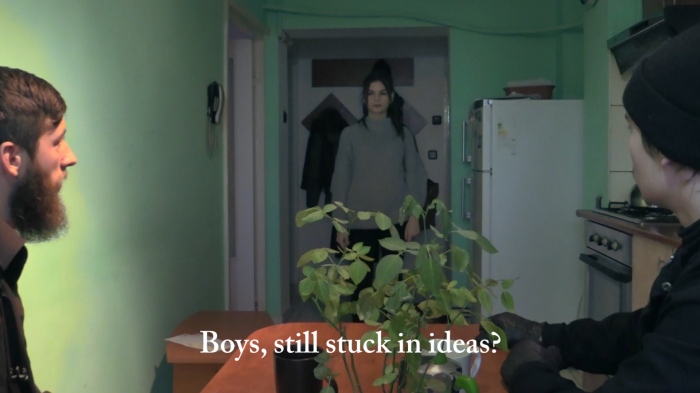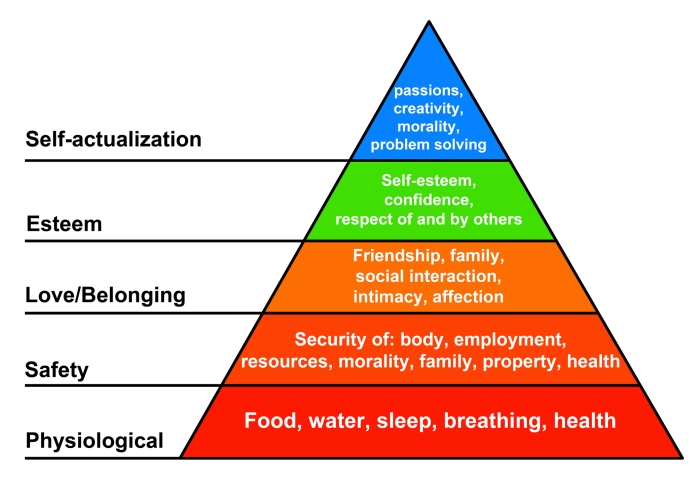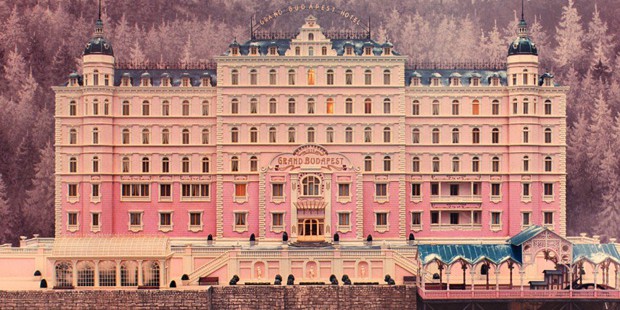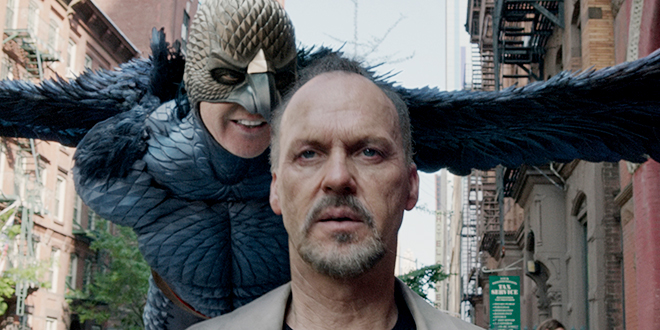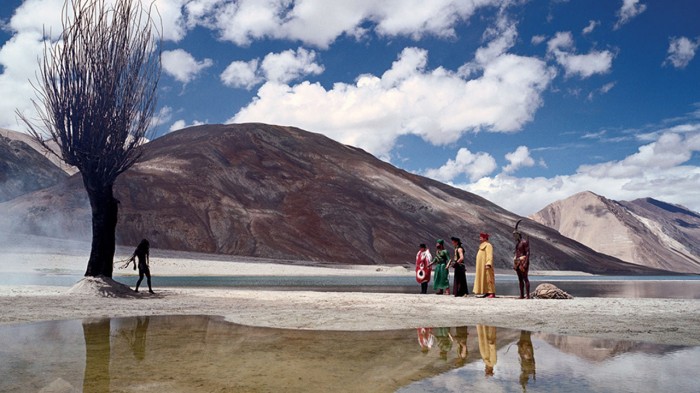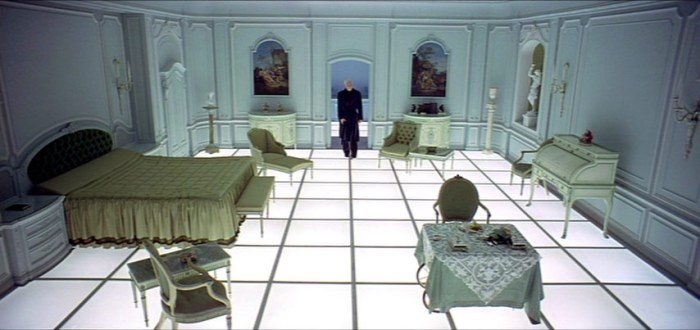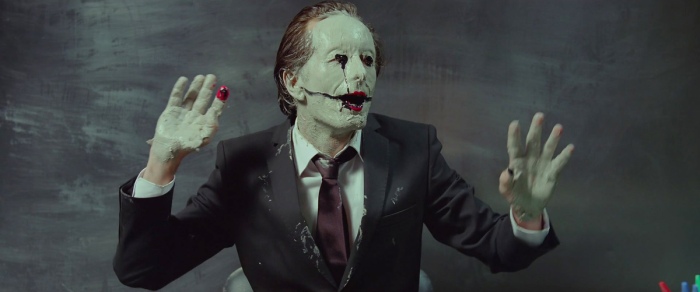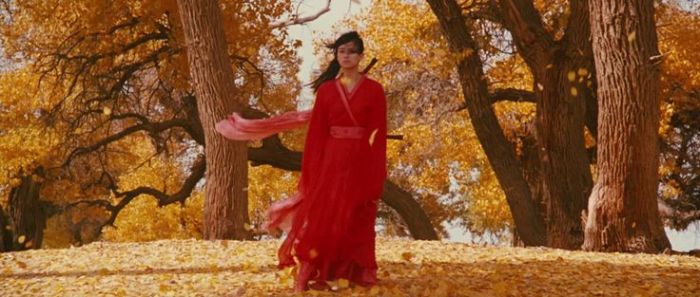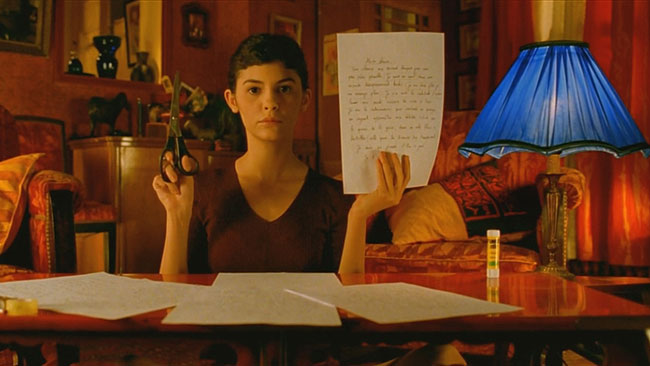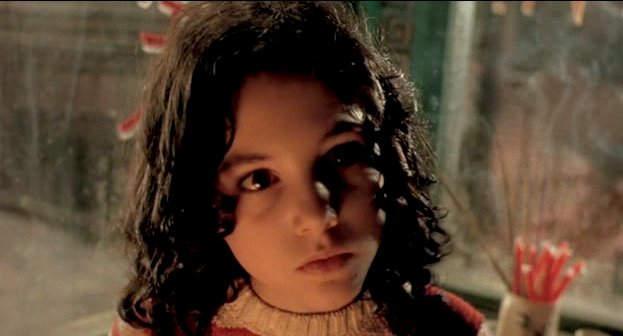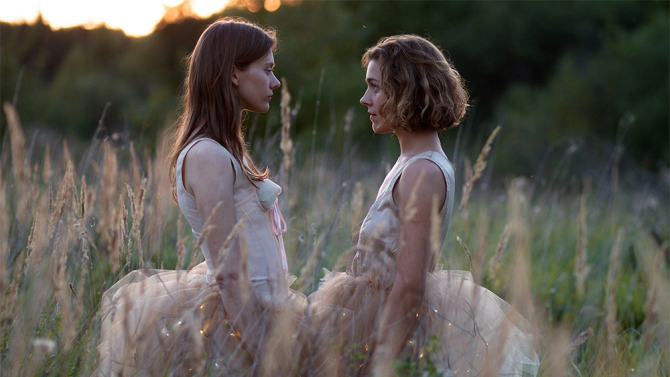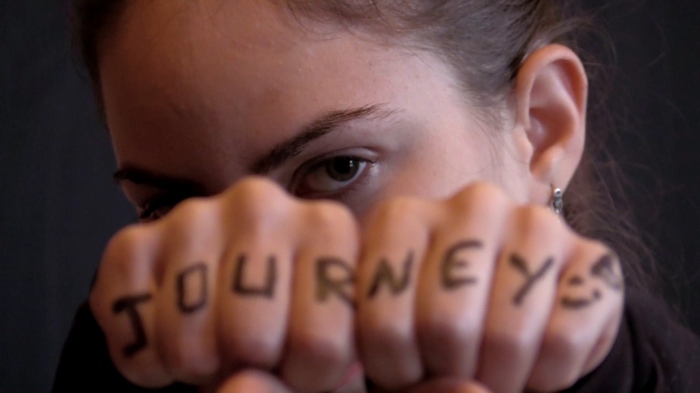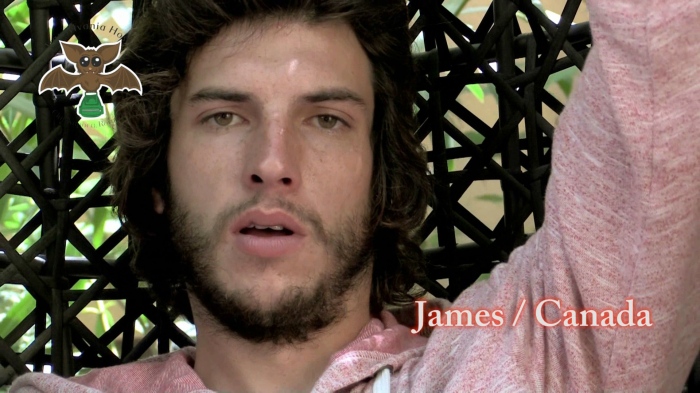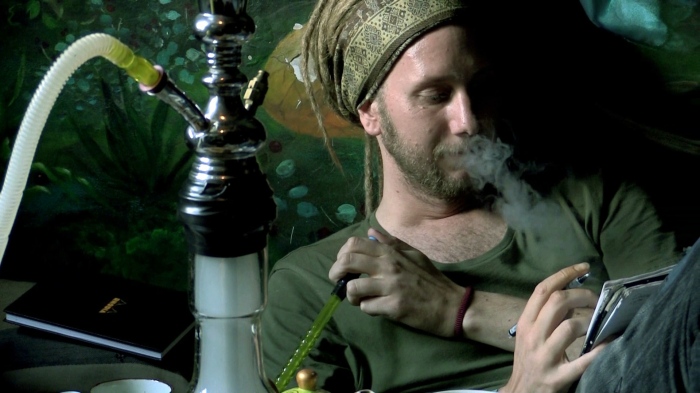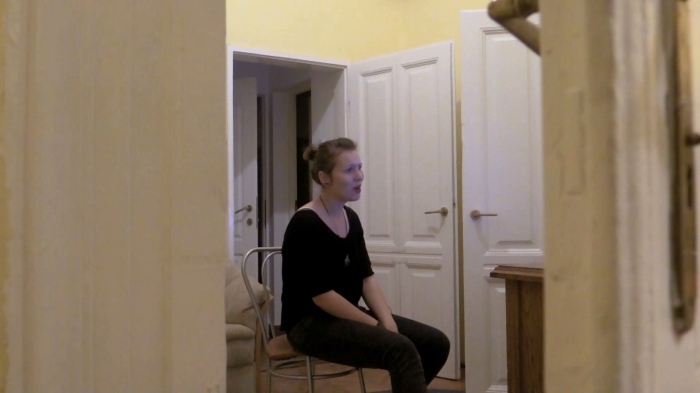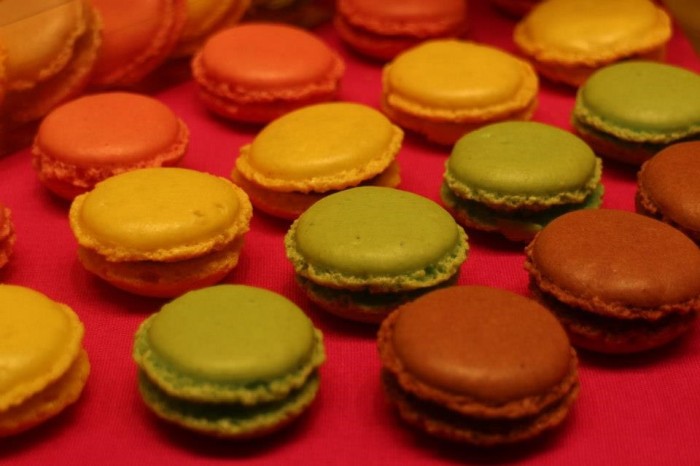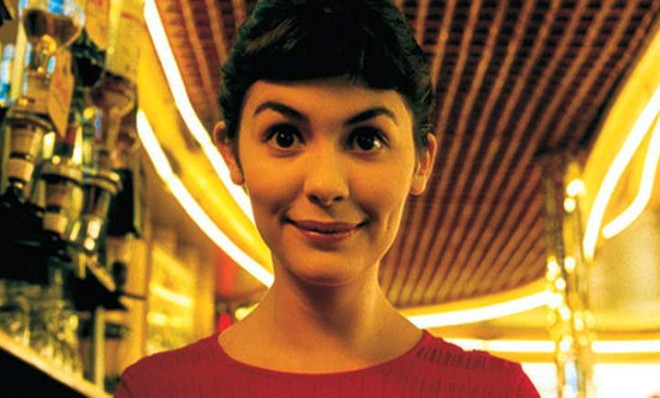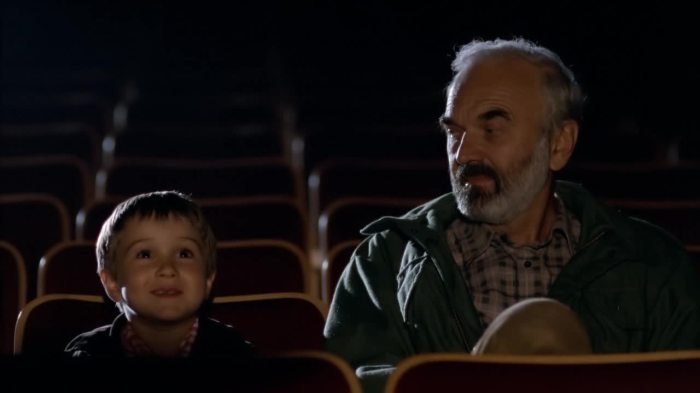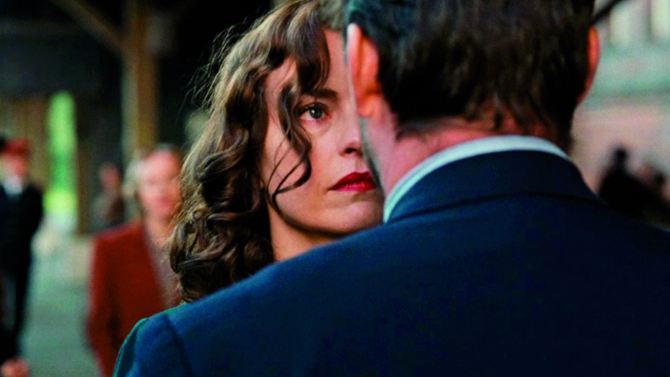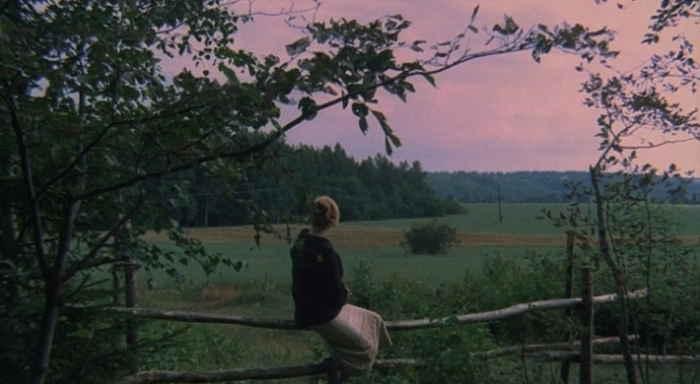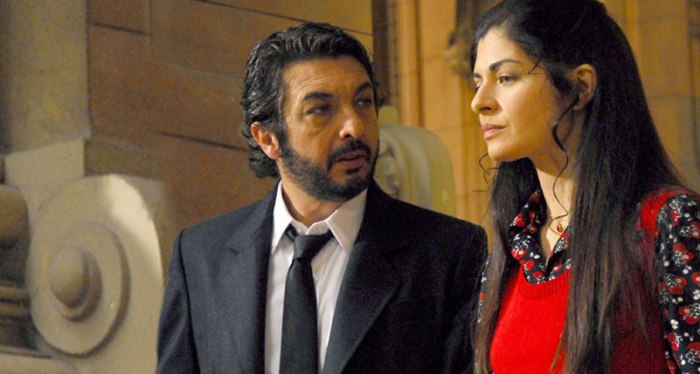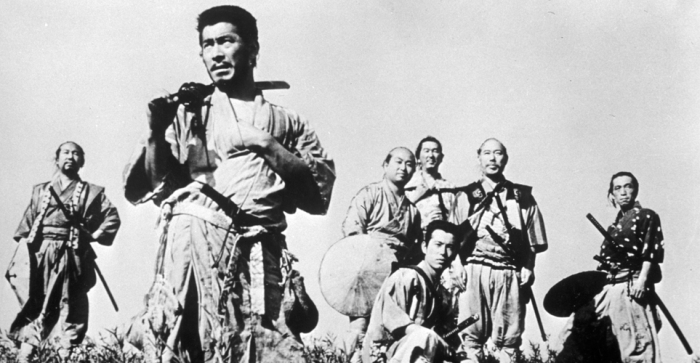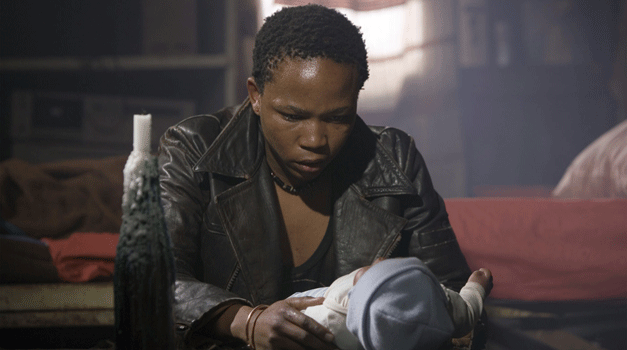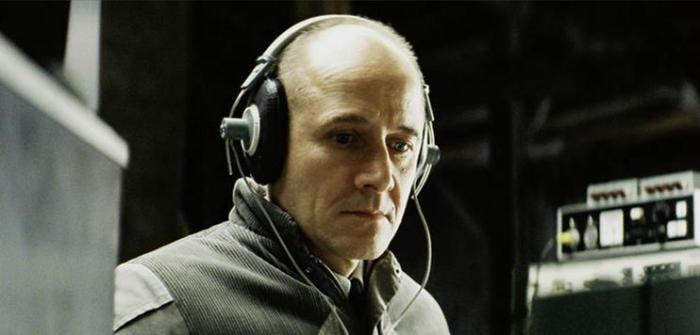It has been a year since I shot my first independent short, “Clark Cunt”. Despite the great actors, semi-professional camera and the fair amount of time given, the outcome was never of what I had wanted it to be. I still cringe when I watch it. I wish I could go back in time and shoot it again. There are firm reasons why it didn’t turn out great. I made Top 10 list of how beginner fimmakers tend to screw up their first works.
1. Over-Tasking

-Long dialogue from “Clark Cunt” that tortured my actors.
There is a difference between being ambitious and unrealistic. By saying “over-tasking”, I mean both over-tasking yourself and your actors. Keep it under 3 minutes. Filmmaking requires a lot of commitment in making of each minute of the running time. The shorter you make it, the more effort you can put into it. “Clark Cunt” was 10 page script, 17 minutes running time with insane amount of dialogue that are tongue twisting. We had to do 29 takes to get what we wanted. Basically, I ruined the great actors by over-tasking them.
Don’t shoot what you are physically not capable of. Be aware that you are struggling to make each moment entertaining and you are using your friends as actors with limited gears and locations. You want to shoot 2 hours of car chase -save that for future. Keep it simple, easy and do-able. Trust me, you are not compromising, -you are setting the solid goal.
2. Weak Story
Where is the conflict in your film? Why are the characters all happy throughout the story? Where is the tension? “Showing a situation” is not “a story”. The other common mistake is a protagonist lacking a clear goal or motive. Also, does your story have the beginning, the middle, and the end? Three-act-structure is extremely valuable tool in order to compose a story. –Not always, as there is a such thing as punchline film and so on, but it’s generally a crucial structure that sets the expectation, guides your audience and keeps them til the end.
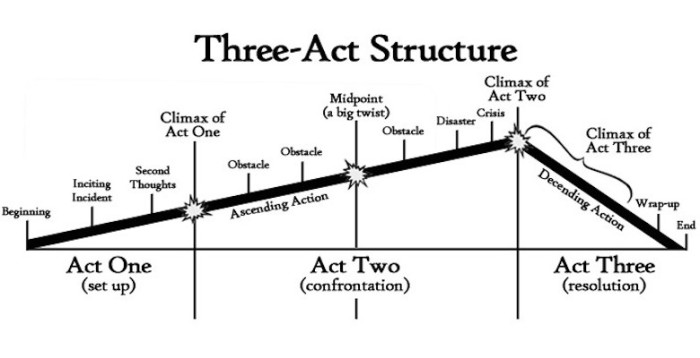
-Three-act structure diagram
When it’s a short film, it doesn’t have to be as complex as the above. It’s just an useful guideline to make your audience understood what is happening.
There is no denying you can write a story without conflict, tension or the standard structure and still make it work. If that’s the case, you have to have a message you want to deliver, at least. I made a short called “Viens Me Chercher” a while ago. It doesn’t offer any of the elements I mentioned above, but there is a message in it, thus it works-ish as far as I believe. One thing to bear in your mind: Don’t make a film that can’t be understood, nor has anything to say.
3. Poor Casting

-The authentic cast from “Hundred Whispers”
No matter how good he is, a 16 year old kid will never play an authentic mafia king, or none of my Romanian friends will be able to play an adopted child from Africa. They say 90% of directing is casting. Man, how true that is. The picture is Shithead from Hundred Whispers. My direction was “Play an obnoxious drunk English man”, and he managed to pull out outstanding performance -because he has seen those people back in his homeland. Why are the guys from French For Fuck’s Sake convincing? -because they both have been in situations where they wanted to avoid French people in real lives.
Know your actors first then write script according to their experience or personalities rather than writing first then casting absolutely anyone. It saves a lot of headache because they won’t have to act beyond themselves.
4. Poor Composition
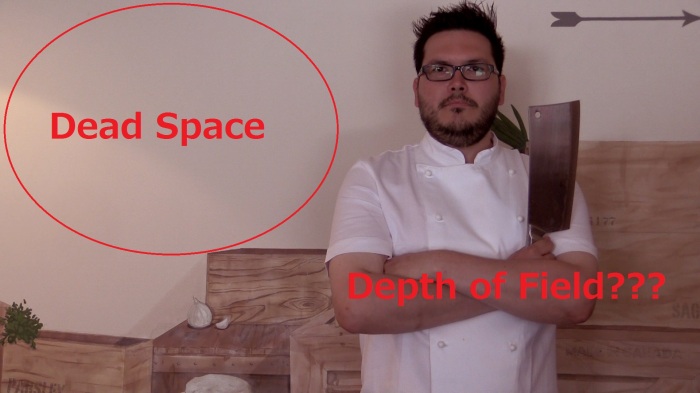
There are thousands of cinematography skills you have to master eventually. Since you might not have professional gears, let’s forget about aperture, lenses, lighting or yatta yatta yatta… There are only 4 things you have to remember regardless to your gear quality, that are:
Depth of Field: -Are there foreground, midground and background in the shots? Are there depth layers? If it’s flat looking, is there any reason to go with it?
The Rule of The Third:-How about the balance and symmetry? Does your shot have mostly horizontal lines, diagonal lines, or curvy lines? How much space does the subject of focus take up in the frame? Where are they placed?
Blocking: -Does your actor or object move around in the shots? Are you using motions to tell the story?
Colour Use:-What is the main colour you want to accentuate? Consistent tone or colourful? Did you make sure your character doesn’t blend into the background?
These 4 skills are really affordable no matter what gear you have. It’s the same if you are shooting it with your i-phone.
5. Telling Instead of Showing
Bad Example -“Telling”
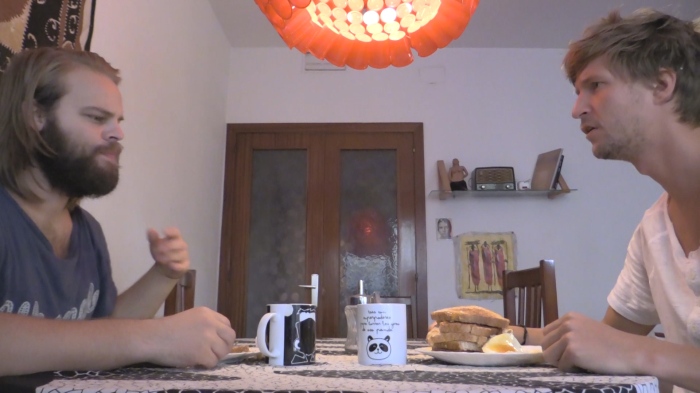
Good Example -“Showing”
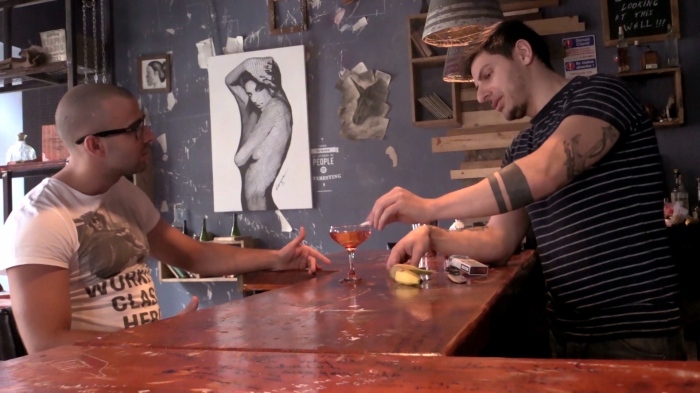
Film is a visual medium. The general rule of the thumb is “Show. Don’t tell“. There are too many talky, chatty amateur films out there. Even if the stories alone are good, they are not any different from telling them with books, and they are not utilizing the visual device at all. Although there are a lot of dialogue-oriented masterpieces like Pulp Fiction, you should always look for ways to show what is happening in the narrative.
From the second shot, you can instantly tell that the barman is being arsehole towards the other guy, whereas in the first shot no particular dynamic is seen unless you’re paying attention to their expressions, because everything is delivered by dialogue.
6. Generic Voice Over
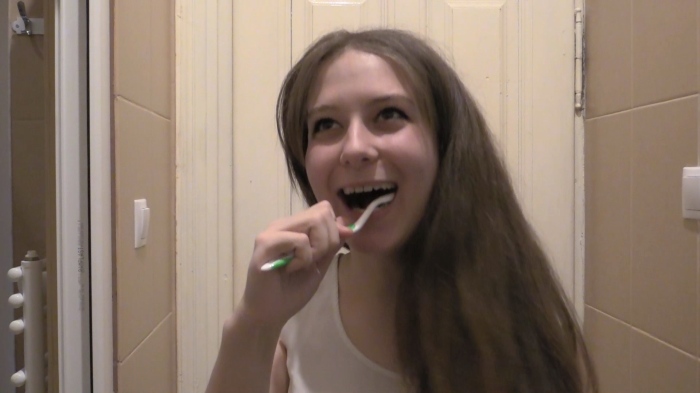
I’m not saying you can’t use it at all, but Voice Over is such a lazy way to tell a story.
- It’s too descriptive thus anti-cinematic
- You are giving up to show, and also to act and deliver it by dialogue
If you are using Voice Over, Don’t make it narration. In one of my early works, I Got Too Excited -Sophie’s Case, all of the lines are Voice Over, but it works because it’s spoken as her inner voices. Sophie is not really explaining or describing, she is genuinely speaking in the narrative, even though it’s monologue.
My latest work, French For Fuck’s Sake establishes the characters in Voice Over. That’s the example of “generic Voice Over”. Well, I couldn’t think of any other way though…
7. Weak Start
These are the opening shots. Which would you rather watch?
This?
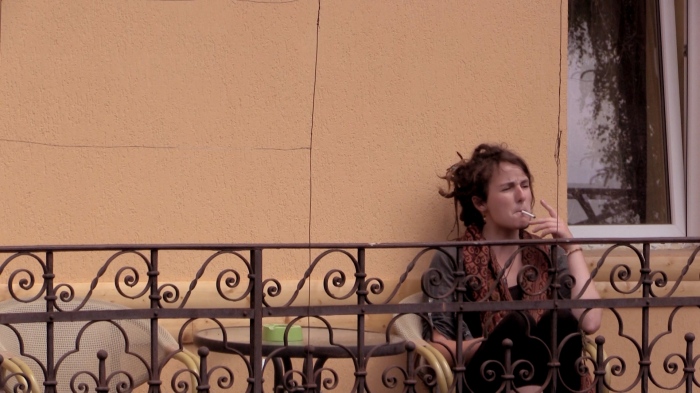
Or this?
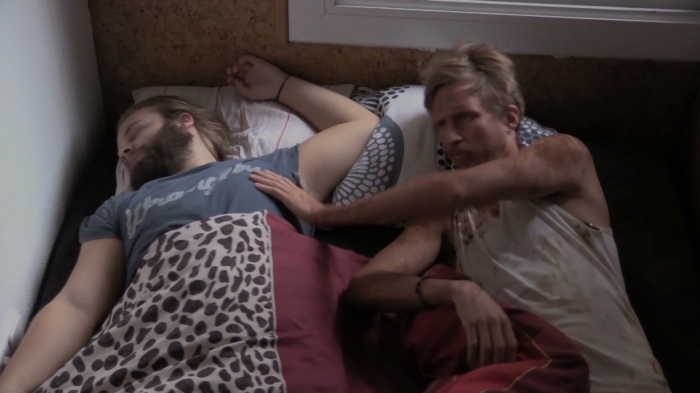
Probably the second one, right? Two guys on the same bed, one snoring in peace, one disheveled and getting annoyed by the other guy. It establishes the conflict, the dynamic, and the characters just in one shot, whereas the first shot is just a girl smoking at the balcony.
The start is really important. You have to hook the audience. Your friends might watch your film anyway, but what about some strangers who happen to find your work on internet? When people are watching a random YouTube video, they usually decide whether or not to continue watching it in the first 1 minute or so. If you want to keep them til the end, make sure your opening shot is powerful, interesting or unique.
8. Mise-en-Scene
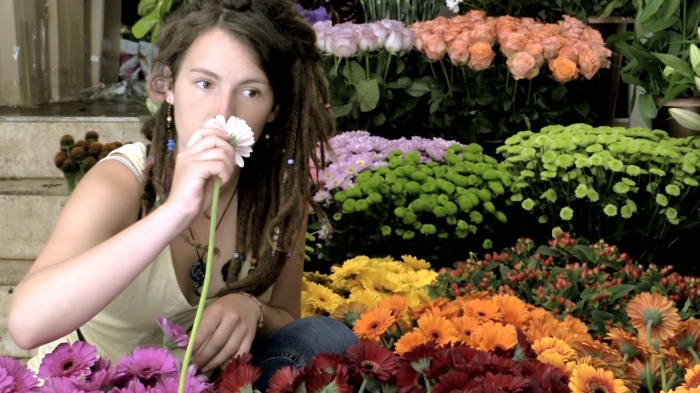
From my work, “Viens Me Chercher”: Great Mise-en-Scene
The cinematic term, Mise-en-Scene refers to what is in the scene. It simply refers to “what”, not “what is happening”. There are reasons why they are very often smoking cigarettes despite it’s not significant to the story or the plot. –because it’s something you can point a camera at.
I’m always looking for interesting objects I can put in the scenes: Flowers, a candy, Teddy Bear, cocktail, strawberries ❤ , half-open curtains, wine, pool table… Something that grabs people’s attention.
So you wrote a great script, nailed the acting and cinematography. -Still think twice. Look around your room and see if there is any interesting objects you can put in the scene. It will be good idea to add them unless they ruin the narrative. The below is a not-so-great example of Mise-en-Scene.
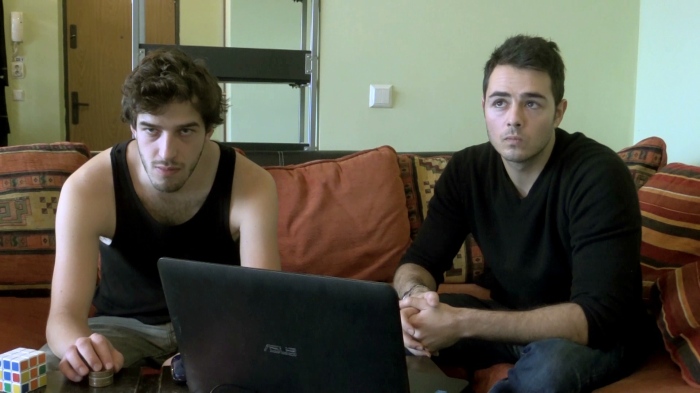
Not so interesting Mise-en-Scene: Couch, laptop and pillows…
9. Cliche
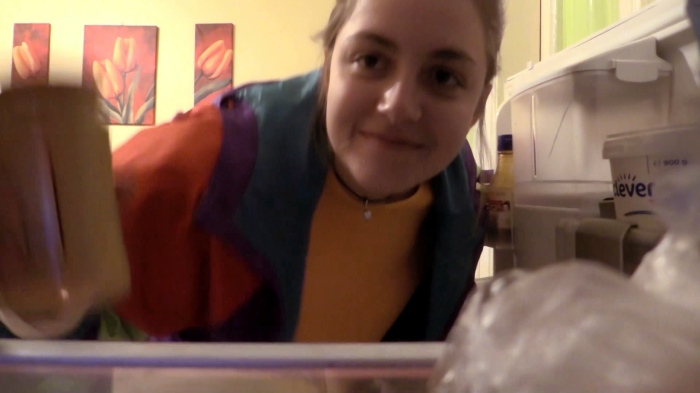
-The camera-in-fridge cliche
When watching a film, have you said this to yourself?: “I don’t remember from where, but I have seen this somewhere…”. You obviously don’t want your story or the scenes to be generic. Cliche is scary because it can sneak in there without even noticing. The more films you watch, the more your cliche-radar becomes alert. Here is a list of short-film cliche I noticed.
- A film starts with alarm buzzing and someone waking up in a bed
- Someone emotionally looking into a mirror
- The shot made by the camera in fridge
- A depressed person talking voice-over, contemplating suicide
- Protagonist walking in the crowd, going the other way as they go
- Protagonist’s crush (a girl) turning out to be deaf
- A guy and a girl sitting on a bench about a meter away from each other
10. Spoon-feeding
The audience is not retarded. They don’t have to be told what is happening in the scene by pretentious attempts. Here are some examples of spoon-feeding the audience
Close Up: Be it an object or a person, Close Up has to be used when you want extra attention on something or someone. For instance, if the character is offended by someone and he says he is pissed, or he kicks a chair in anger. -That is enough. If you close-up on his angry face, the audience is basically being told the same twice. Close Up is a powerful tool. You have to be very selective when to use it.
Descriptive Dialogue: There is this line from “Clark Cunt”, where the character says: “I have only been back in London for 6 hours.” -What’s wrong with this line? -it’s wrong because it’s explaining to the audience. In dialogue, things have to be exposed or revealed through natural communication between two or more. They are not supposed to be talking to the audience, they are supposed to be talking to each other.
Over-Acting: I cannot put up the picture here for a reason, but I made a shot of the extremely surprised face of the character once. It’s telling she is surprised rather than acting. Sometimes it’s more convincing if the character doesn’t react at all. For instance, when someone gets dumped or fired, they often just pause and don’t say anything. As long as the actors understand the situations and be in the moment, there often is no need to deliberately show how they are feeling.
Final Thought
There you have it. I’ve made a shitload of mistakes when I just started out filming, and I still made mistakes in my recent works.
Making mistakes is so fuckin’ incredibly important.
Good news is, frankly speaking, no one gives a shit if you are amateur. You are allowed to make as many mistakes as you can, and you will learn tons from them. The best thing is making something good, the second best thing is making something bad, and absolutely the worst thing you can do is not doing anything. Just get out there and shoot something.
My first film “Clark Cunt” might have been really sloppy. Actually it’s the sloppiest one I’ve ever made, but it’s the film I still value the most. If I didn’t make Clark Cunt, I wouldn’t be where I am right now. If I didn’t make Clark Cunt, I would have never been able to make “French For Fuck’s Sake” that turned out to be a success.

